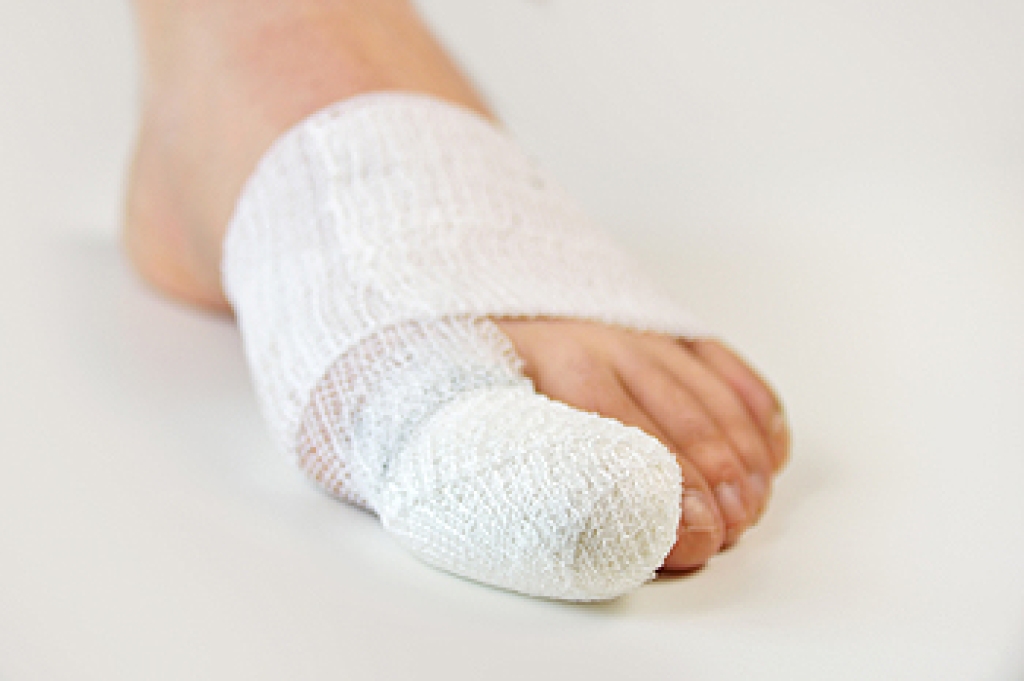
Finding the perfect pair of running shoes is essential for a comfortable and injury-free running experience. When shopping for running shoes, consider support needs based on your foot's pronation, whether it is on the inside, outside, or neutral. This determines if you require stability or neutral shoes. Pay attention to key elements of the shoe's upper, including the ankle collar, heel counter, saddle, and toe box, ensuring they provide proper support without causing irritation. Cushioning is another important factor, with options like max, mid, and light-cushioning. When it comes to sizing, choose a shoe that is a half size larger than your actual foot size to allow a thumb's width space between your longest toe and the shoe's end. This extra room reduces friction, minimizes the risk of blisters, and accommodates foot swelling during runs. For help in determining the right type of running shoe, it is suggested that you schedule an appointment with a podiatrist to evaluate your foot, stride, and gait, as well as treating any existing foot problems.
You should always make sure your running shoes fit properly in order to avoid injury. For more information, contact Soorena Sadri, DPM from FootWorx Active Podiatry. Our doctor can provide the care you need to keep you pain-free and on your feet.
Choosing the Right Running Shoe for Your Foot Type
Improper shoe sizing can cause a myriad of problems for your feet. Shoes that don’t fit you properly can lead to muscular imbalances in your body, which can result in foot, knee, and hip injuries.
Tips for Finding the Right Running Shoe
- Make sure you have a thumb’s width of wiggle room between the end of your longest toe and the front of the shoe.
- There should be little to no slipping at the heel
- Don’t assume your size in one shoe brand will be your size in another
- Do not lace up your shoes too tightly
- Walk around in the store with your new shoes before you buy them
If you have any questions, please feel free to contact our office located in Fort Myers, FL . We offer the newest diagnostic and treatment technologies for all your foot care needs.




